Teaching Struggling Readers: 8 Steps to Effective Instruction
March 5, 2019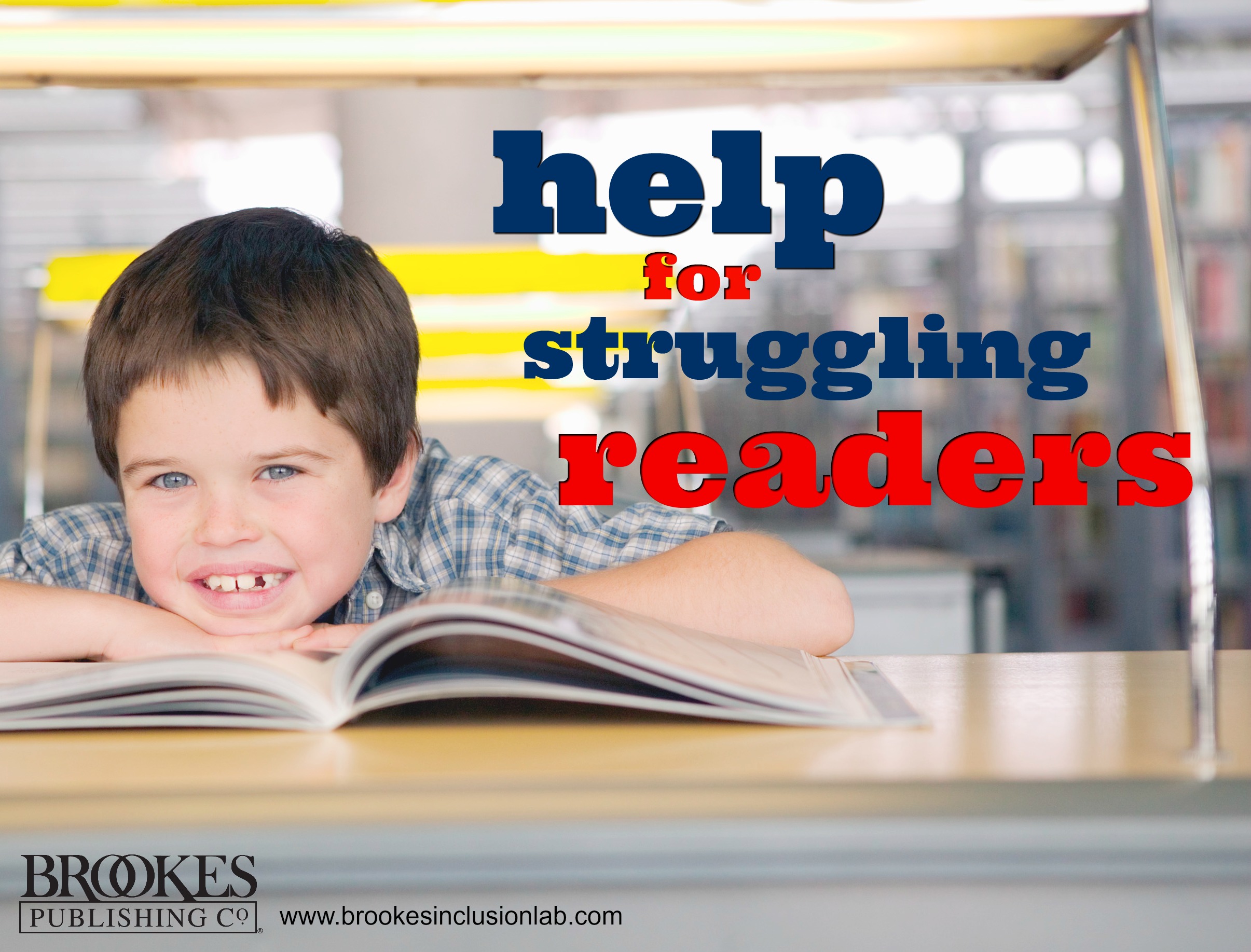
In your inclusive classroom, you probably have some students who are struggling with reading skills—and having trouble generalizing the skills they learn to settings outside the classroom. Whether they’re English language learners, students with identified learning disabilities, or learners who just need extra help, the students in your class will need instruction that addresses their specific needs and supports their long-term success.
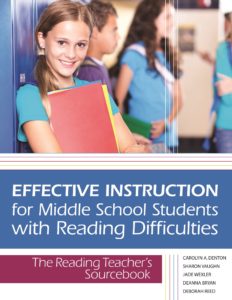 In their book Effective Instruction for Middle School Students with Reading Difficulties, Carolyn Denton et al. outline eight key lesson components that make a difference for struggling readers. Today’s post presents and defines these eight essentials. See which ones you’re already doing, and which steps you might need to strengthen.
In their book Effective Instruction for Middle School Students with Reading Difficulties, Carolyn Denton et al. outline eight key lesson components that make a difference for struggling readers. Today’s post presents and defines these eight essentials. See which ones you’re already doing, and which steps you might need to strengthen.
State your objective (and stick to it). What do you want your students to learn? State the goal up front and then teach the class with that goal in mind. Give your students a step-by-step presentation of the new information you want them to learn. Teach only a few new ideas at once to ensure that struggling readers don’t fall behind, and connect the new material with your students’ prior knowledge.
Start with a daily review. Each day, quickly review the material you covered the day before. Not only will this give you a chance to see if all students have mastered the material, it will also give students a chance to “overlearn”—that is, learn to the point of automaticity, to ensure that they retain the material long-term. When you have your daily review, use visuals and teach explicitly so there’s no doubt about what you want students to recall from the previous lesson.
Explicitly model and teach. Struggling learners—and all students, really—learn better when you show them what you want them to do. When you teach a new skill or strategy, model or demonstrate it form them clearly. You can model a strategy effectively through a “think-aloud” process: Demonstrate each step of the strategy for your class (visuals are especially important for struggling readers!) while talking through your own thought processes out loud. Make sure your English language learners and students with limited oral vocabularies are closely watching you as you model, not trying to write at the same time. [Note: The sample lesson plans in Effective Instruction for Middle School Students with Reading Difficulties give you many examples of think-aloud modeling.]
Give guided practice. Your students should have many opportunities to demonstrate what they learn (with guidance from you). Walk around and give guidance while students work on assignments—don’t wait until they finish their work to check for accuracy. Giving helpful hints and clearing up misconceptions during classwork can help prevent mistakes from becoming bad habits that students will struggle with for years to come.
Before you move on to independent practice, make sure that all students have ample time—and scaffolding supports if needed—to understand new concepts. Some students might need multiple opportunities to practice with guidance from you before they can apply a new skill independently.
Set aside time for independent practice. Are your students consistently applying a skill or strategy correctly during guided practice? That means they’re ready to apply their knowledge independently. Giving students time for independent practice will reinforce the concepts you teach, help students learn new information on their own, and develop students’ automaticity, or mastery of a skill.
Teach for generalization. Once a new skill becomes a habit through independent practice, it will be easier for students to generalize their new knowledge to other contexts or settings. It’s important to note that struggling readers usually have trouble generalizing automatically. To support their generalization:
- Tell students explicitly that they should be applying their new reading skills and strategies outside the classroom. Ask questions like “Can you think of a time you might use this strategy outside of this class?”
- Plan instruction so your students have plenty of time to practice applying their new skills to a variety of texts.
- Include texts similar to the ones your students are reading in their language arts, math, social studies, and science classes.
- Lead class discussions that encourage students to verbalize ways they can generalize the strategies they’ve learned.
Monitor student learning. Are your students making progress toward the goals you stated up front? Keep track of their learning by using assessments to gather information regularly. The data you collect should be directly connected to each student’s specific instructional focus. If a student’s diagnostic assessments indicate that he needs to work on fluency or word recognition, then you should monitor that student’s growth through repeated assessments of oral reading fluency or word list reading. Establish a routine of regular progress monitoring, and use the data you gather to figure out when you need to reteach concepts or adapt your instruction.
Conduct periodic review. Quick daily reviews of what you taught the day before are important, but to ensure long-term retention of material, plan weekly and monthly cumulative reviews of key strategies and skills. Help students connect what they’ve learn in previous lessons to the information they’re learning in each new unit of study.
 To learn more about each component covered in today’s post—and get more than 20 step-by-step sample lessons for strengthening fluency, comprehension, word recognition, and vocabulary—see Effective Instruction for Middle School Students with Reading Difficulties.
To learn more about each component covered in today’s post—and get more than 20 step-by-step sample lessons for strengthening fluency, comprehension, word recognition, and vocabulary—see Effective Instruction for Middle School Students with Reading Difficulties.
*This post was adapted from Chapter 5 of Effective Instruction for Middle School Students with Reading Difficulties, by Carolyn A. Denton, Ph.D., Sharon Vaughn, Ph.D., Jade Wexler, Ph.D., Deanna Bryan, & Deborah Reed, Ph.D. The chapter incorporates the research of:
Mastropieri, M.A., & Scruggs, T.E. (2002). Effective instruction for special education. Austin, TX: ProEd.
Swanson, H.L., & Deshler, D. (2003). Instructing adolescents with learning disabilities: Converting a metaanalysis to practice. Journal of Learning, 36, 124–135.

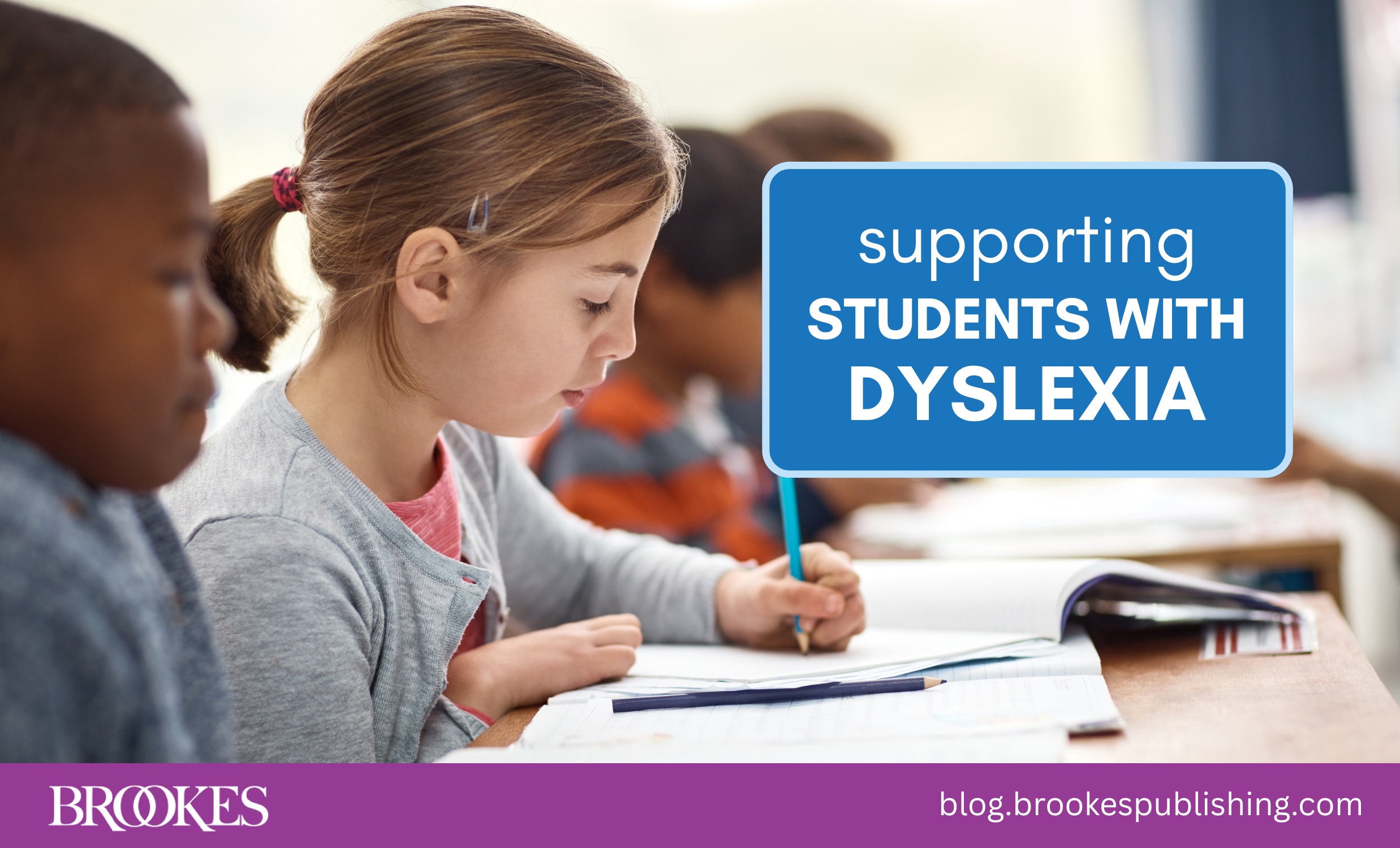
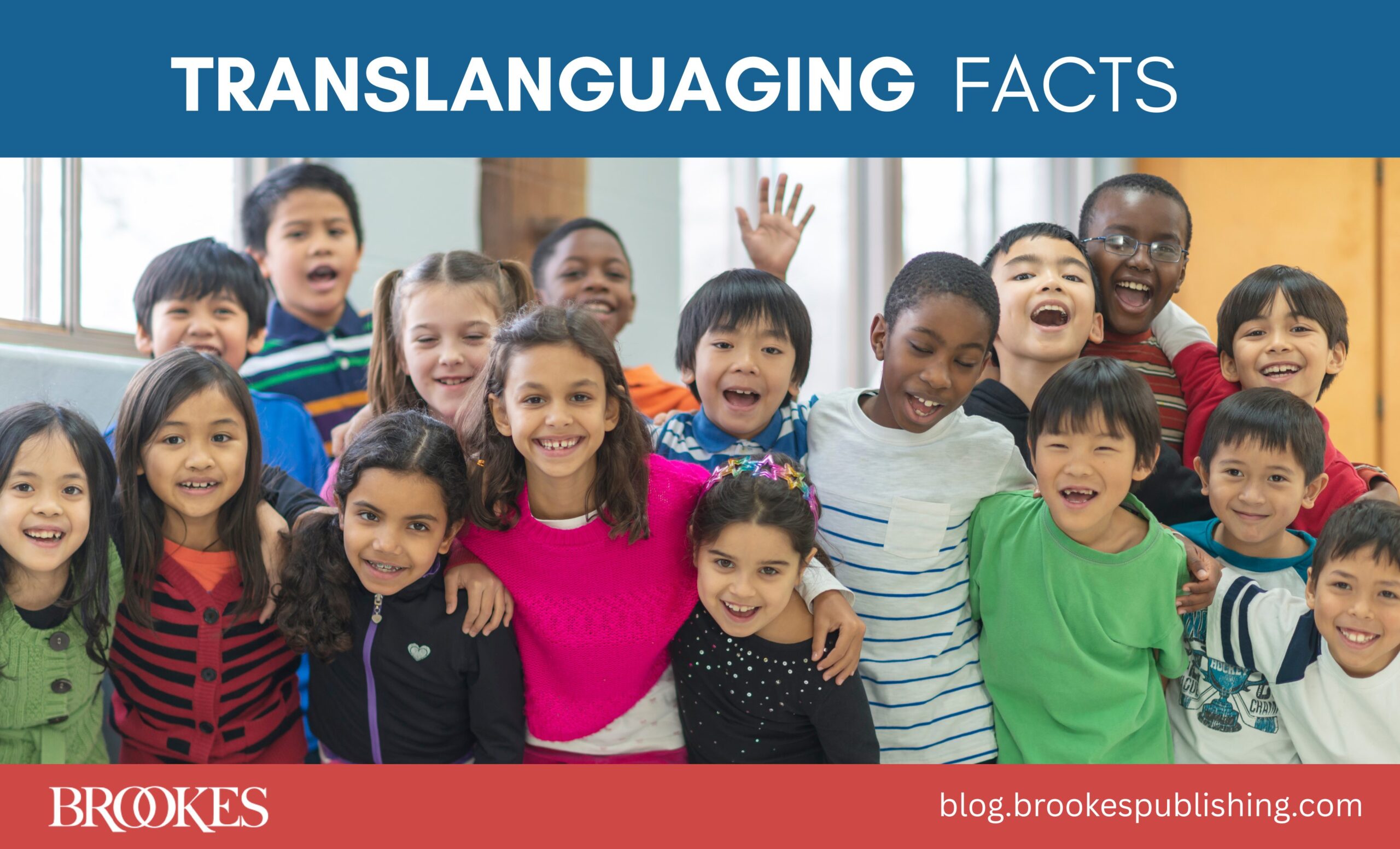
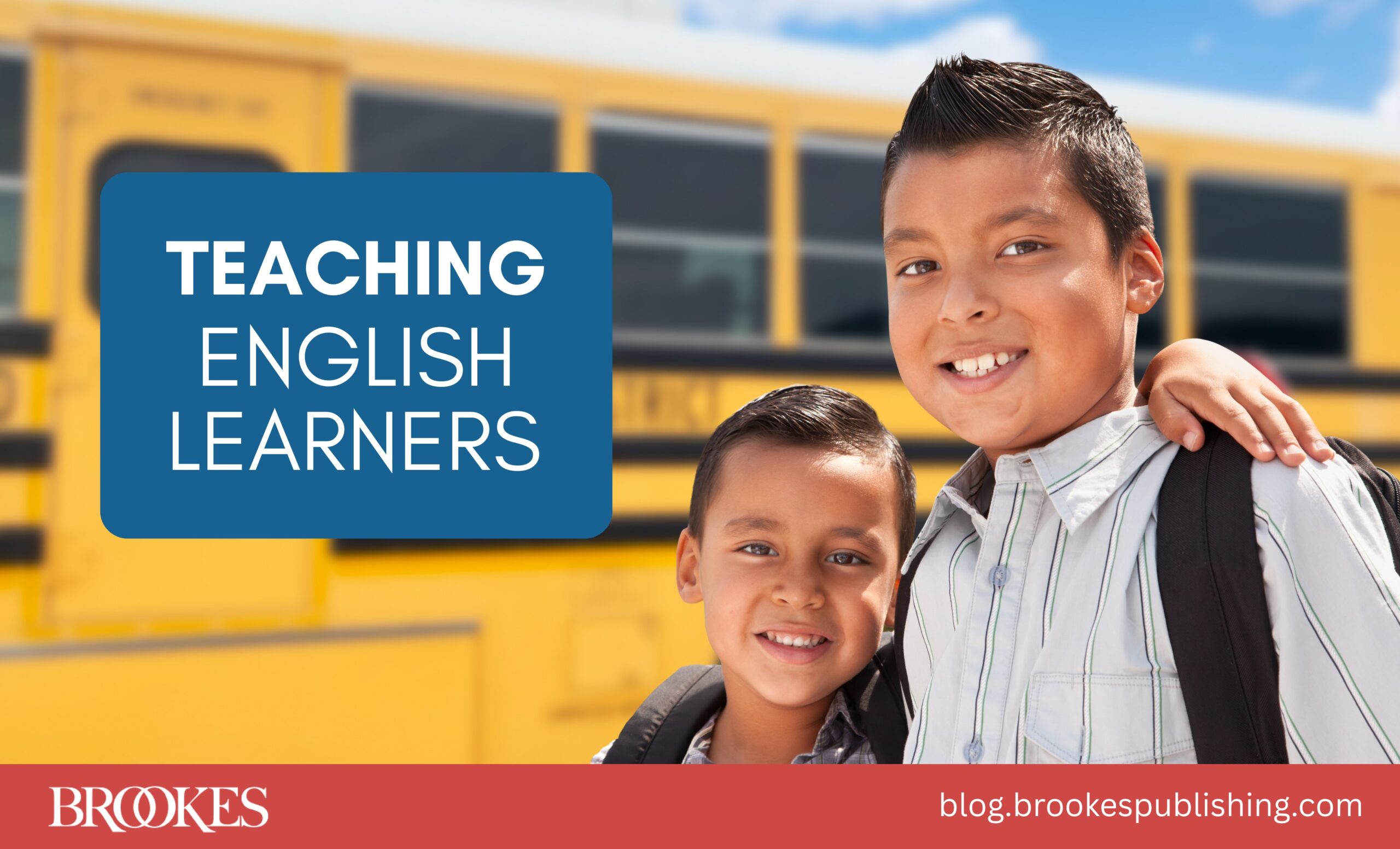
Write a Comment
Your email address will not be published. Required fields are marked *
Post a Comment